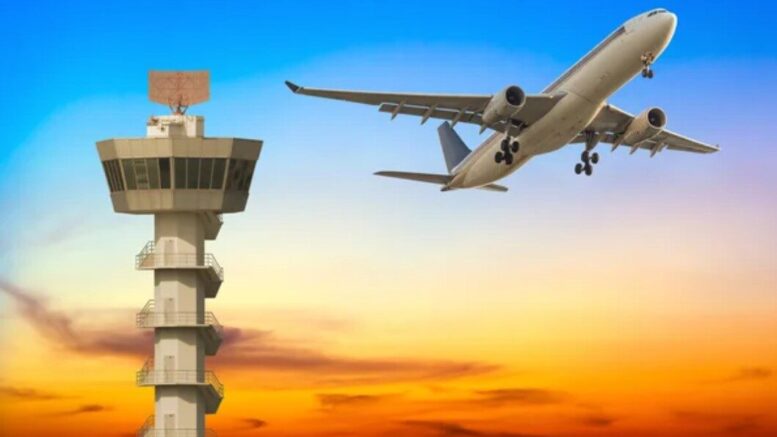AeroMorning Nov 4, 2025
Introduction
As the U.S. federal government shutdown drags into its second month, the country’s air-traffic system is under mounting pressure — and travellers are feeling it. The Federal Aviation Administration (FAA) and airlines report growing disruptions at major airports, with staffing shortages of air traffic controllers (ATCs) and ripple-effects across the national network.
Key Facts & Figures
- According to a recent report by FlightAware cited by the news agency Associated Press, on one Sunday alone there were 4 295 flight delays and 557 cancellations across U.S. airports.
- The FAA has confirmed that nearly 13 000 air traffic controllers are working without pay amid the shutdown, while the agency was already facing a shortage of about 3 000 controllers before the shutdown began.
- At key hubs like Newark Liberty International Airport (EWR), delays are reported to range from 2 to 3 hours on average when staffing issues become acute.
- In Texas, airports such as Dallas–Fort Worth International Airport (DFW) and George Bush Intercontinental Airport (IAH) saw 23% and 32% of flights delayed, respectively, on a recent Monday.
- The issue is not isolated: ripple effects from one airport’s delays are affecting other major hubs — for instance delays at Newark can spread to the broader New York region.
Underlying Causes
- Shutdown-induced non-payment: Controllers and other essential aviation staff continue to work despite missing paychecks, contributing to increased call‐outs due to fatigue or financial strain.
- Pre-existing workforce gap: Even before the shutdown, the FAA was operating below its target staffing levels for controllers — the shutdown has exacerbated this.
- System fragility and network effects: Delays at one major air-traffic control facility or airport create cascading effects across the network, particularly when hubs are interconnected.
Implications for the Aerospace & Aviation Sector
- Operational risk: Airlines are facing unpredictable delays and cancellations, which increase costs, reduce reliability, and impact passenger satisfaction.
- Safety considerations: The FAA has publicly warned that if staffing drops below safe levels, traffic may need to be slowed or halted — a scenario with major ripple effects.
- Strategic planning: Aerospace manufacturers, suppliers, and airport operators must factor in these systemic delays when planning logistics, maintenance, and supply-chain timing.
- Public perception and business continuity: For companies operating in the aerospace/spatial domain, such disruptions underscore the importance of resilience and contingency planning, especially as travel demand rebounds.
Outlook & Recommendations
- Travellers are being advised to check flight status in real time and allow extra time for potential delays at airports.
- From a business perspective, aerospace stakeholders (airlines, airports, MROs, component suppliers) should:
- Review their risk exposure to airport/ATC delays.
- Consider logistical buffers in schedules.
- Monitor developments in staffing at ATC centres and government funding.
- Communicate transparently with customers and partners about possible scheduling hiccups.
Conclusion
The current U.S. government shutdown has thrown a spotlight on an already fragile air-traffic control system. With controllers working without pay and staffing levels already below target, the result is increased flight delays, network instability and growing concern in the aerospace industry. For professionals and firms in the sector, this is a timely reminder that systemic disruptions — even outside direct operations — can ripple through the value chain.









Be the first to comment on "U.S. Flight Disruptions Mount Amid Air Traffic Controller Shortages and Government Shutdown"